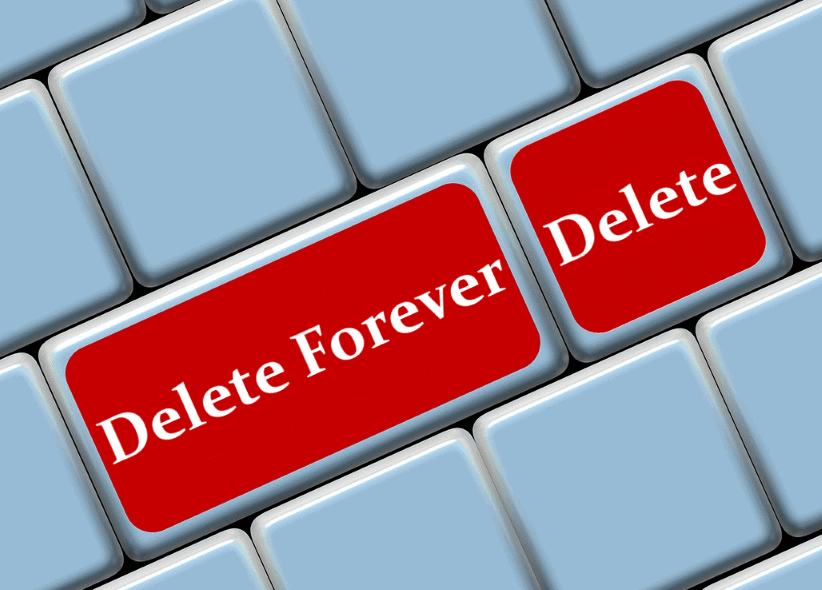
Secure delete tools just don’t work reliably with solid-state drives. The file will appear to be deleted, but its data may still be lurking around somewhere on the drive. A secure delete tool can tell an SSD to overwrite a file with junk data, but the SSD controls where that junk data is written to. Deleting a file will result in a “TRIM” command being sent, and the SSD may eventually remove the data during garbage collection. With modern solid-state drives, the drive’s firmware scatters a file’s data across the drive. Unfortunately, there’s a bigger problem with modern drives. You may “securely delete” a financial document, but older versions of it may still be stored on disk as part of your operating system’s previous versions feature or other caches.īut, let’s say you can solve that problem. The operating system may have made backup copies of this file in a number of different places.

The first problem with these tools is that they’ll only attempt to overwrite the file in its current location.
HOW TO DO SECURE DELETE ON MAC MAC OS X
Older versions of Mac OS X offered “Secure Empty Trash”, and Mac OS X still offers an included “ srm” command for securely deleting files. Microsoft offers an “ sdelete” command for download as part of the SysInternals suite of utilities. The popular CCleaner utility contains a “secure delete” option.

Tools like this are available all over the place.

When you securely delete a file, the tool attempts to overwrite only that file’s current location with junk data. But, when you wipe a drive, the enter drive is overwritten with junk data.


 0 kommentar(er)
0 kommentar(er)
